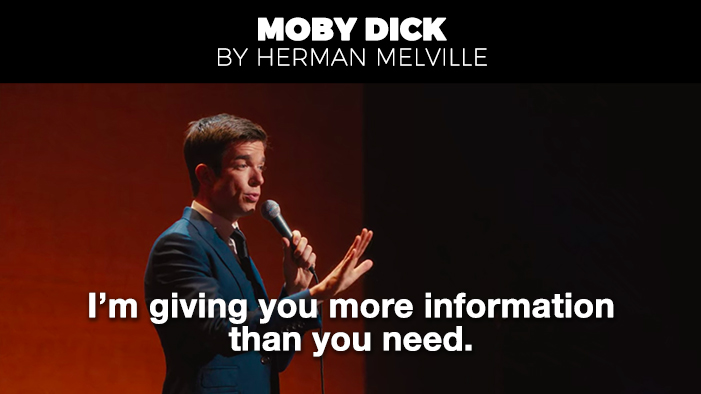The events of William Carlos Williams’ brief story “The Use of Force” take place in a short time, possibly under an hour. Yet the story’s dramatic arc escalates rapidly, suggesting how quickly primal emotions such as fear, anger, and shame can appropriate and co-opt rigorous professional training, good intentions, and benevolent uses of authority. At the center of the story is the conflict between a doctor’s professional pride and a child’s terrified defiance. Though the doctor prevents the child’s death from diphtheria, his methods succeed at a cost to all the story’s characters.
The story is narrated from a tightly focused first-person perspective. The unnamed doctor’s perceptions and commentary function as the lens through which readers experience the story. The story’s exposition begins with the arrival of the doctor to the Olson home. He has never met these people, whose young daughter is sick during a diphtheria outbreak that has already killed several children in the community. The Olson parents strike the doctor as clean, conscientious, and a bit suspicious of him, but their daughter, a pretty child whose name, Mathilda, appears only once in the story, is openly hostile to the doctor’s presence from the moment she regards him with a “cold, steady” gaze. She is terrified of the doctor, for reasons he must infer because she won’t speak. In his “best professional manner,” the doctor asks the child to open her mouth so that he can check for the sign of diphtheria, a membrane across the back of the throat. The process should be quick and simple, but the fearful girl lunges with a “catlike movement” to try to scratch the doctor’s eyes. This is the conflict’s dramatic inciting incident, and as the doctor retrieves his glasses from the floor, he declares that “the battle began.”
Every battle has allies and adversaries, and as the rising action gets underway, these alignments begin to appear, at first motivated by the best intentions of the adults on behalf of the child. The threat of diphtheria means nothing to the child, but it provokes the parents’ fear that, as the doctor unnecessarily reminds them, the child might die of it. The doctor’s job is to diagnose the child for her own good and the good of the community, and he uses the parents’ fear to compel them to help him get the diagnosis. But the parents are pulled between his “whatever it takes” method and their daughter’s terror of this man she doesn’t know. In addition, her defiant, wild behavior embarrasses them. “Aren’t you ashamed,” the mother asks her. She is not, but they are, and they lose the doctor’s respect because of it. They become tools he will use as the child’s resistance frustrates and infuriates him. “I know,” he reminds himself, “how to expose a throat for inspection,” and he intends to carry out his training because he is the doctor, the authority in the room. Her absolute fear and his growing anger at her noncompliance clash as he orders the father, himself close to fainting, to restrain his daughter more aggressively. The verbs that report the action of the first attempt to open the child’s mouth are not gentle: “grasped,” “fought,” “clenched.” The result is a shattered tongue depressor and a hysterical child with a bleeding mouth.
The doctor’s professional demeanor has dissolved into “blind fury” at this defiant little patient. He thinks he could have “torn the child part” and enjoyed it. He openly admits that he is beyond reason in his anger. Justifying the use of force to himself as needed for the good of the “damned little brat,” and of the community, of course, he escalates the conflict toward its climax. To narrate the “final unreasoning assault,” the doctor needs even more aggressive verbs, like “overpowered,” “forced,” and “gagged.” The tell-tale membrane is finally visible, and the conflict is resolved. The doctor has prevailed, and in his triumph he imagines that somehow the child had known about the diphtheria all along and had conspired to hide it, for reasons he doesn’t offer and in contradiction to his earlier admission that she can’t grasp the threat.
The doctor gets what he wants and, ironically, what the child needs—a life-saving diagnosis. However, the story’s falling action, told in just three terse sentences, suggests the cost of this diagnosis to the parents and the child. The father must continue to hold the girl tightly to keep her from attacking the doctor as the agonized, shamed mother watches. The child’s fury and sense of violation are at fever pitch—hardly a desirable outcome for this initial patient-doctor experience. And as for the doctor, his recounting of the examination and of his inability to remain the rational expert and to seek a nonviolent way to “expose the throat” suggests that he, too, has paid a price to his professional pride and his perception of how he wields the authority that medical training gives him.


 payment page
payment page



